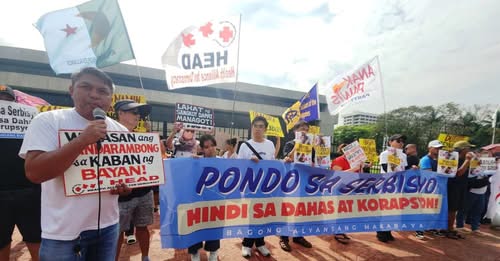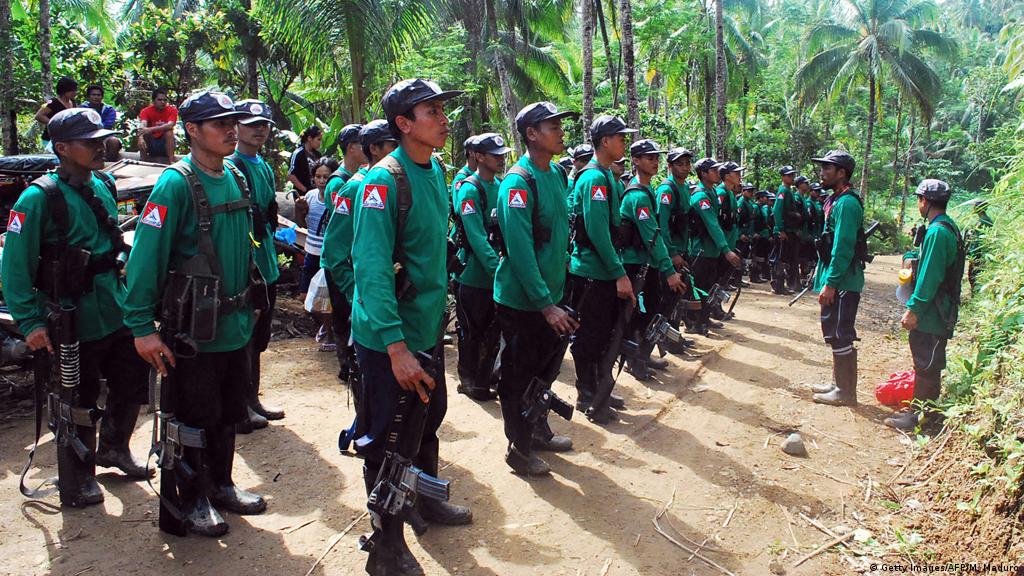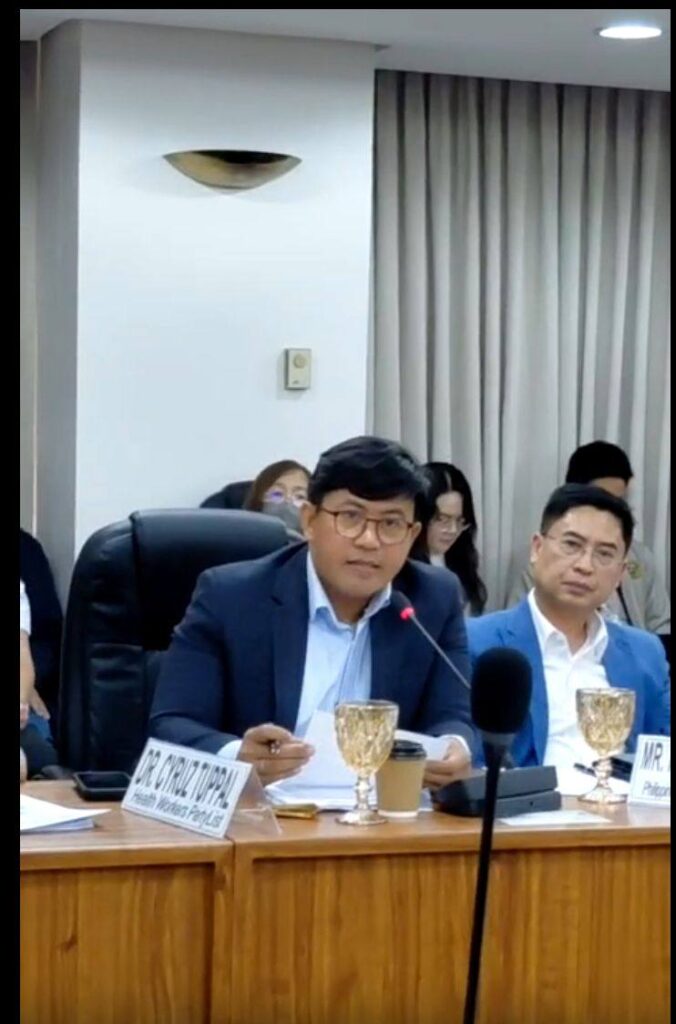More Filipino families experienced being hungry and not having anything to eat in the last quarter of 2024, Social Weather Stations (SWS) survey showed.
The latest SWS survey results, released on Tuesday evening, Jan. 14, revealed that the Filipino families who experienced involuntary hunger rose from 22.9 percent in September 2024 to 25.9 percent in December 2024.
SWS said this marks the highest hunger rate since the 30.7 percent peak recorded in September 2020 at the height of the COVID-19 lockdown.
The pollster also said the 2024 annual hunger average of 20.2 percent was almost double the 2023 annual average of 10.7 percent and just 0.9 percentage points shy of the record-high 2020 annual average of 21.1 percent.
Of the 25.9 percent, 7.2 percent experienced “severe hunger,” while 18.7 percent faced “moderate hunger.”
SWS reported that both moderate and severe hunger rose from 16.8 percent and 6.1 percent, respectively, in December.
SWS defined “severe hunger” as experiencing hunger “often” or “always” in the past three months, while “moderate hunger” means experiencing hunger “a few times” or “only once” during the same period.
Hunger was most prevalent in Mindanao, where 30.3 percent of families experienced it, followed by Balance Luzon (Luzon outside Metro Manila) at 25.3 percent, the Visayas at 24.4 percent, and Metro Manila at 22.2 percent.
SWS attributed the three-point rise in hunger between September and December to an increase in Balance Luzon and a slight uptick in Metro Manila, coupled with a decline in the Visayas and minimal change in Mindanao.
Compared to September, hunger incidence in Balance Luzon rose from 18.1 percent to 25.3 percent, while Metro Manila saw a slight increase from 21.7 percent to 22.2 percent.
However, the Visayas saw a decrease from 26 percent to 24.4 percent, and Mindanao experienced only a slight change, from 30.7 percent to 30.3 percent.
The SWS survey was conducted through face-to-face interviews with 2,160 adults, aged 18 and above, across the country: 1,080 in Balance Luzon, and 360 each in Metro Manila, the Visayas, and Mindanao.
The sampling error margins are ±2 percent for national percentages, ±3 percent for Balance Luzon, and ±5 percent for Metro Manila, the Visayas, and Mindanao. (TCSP)




